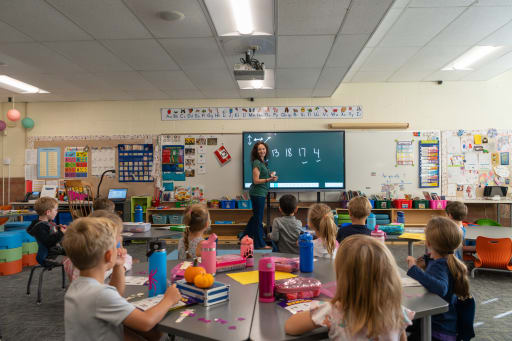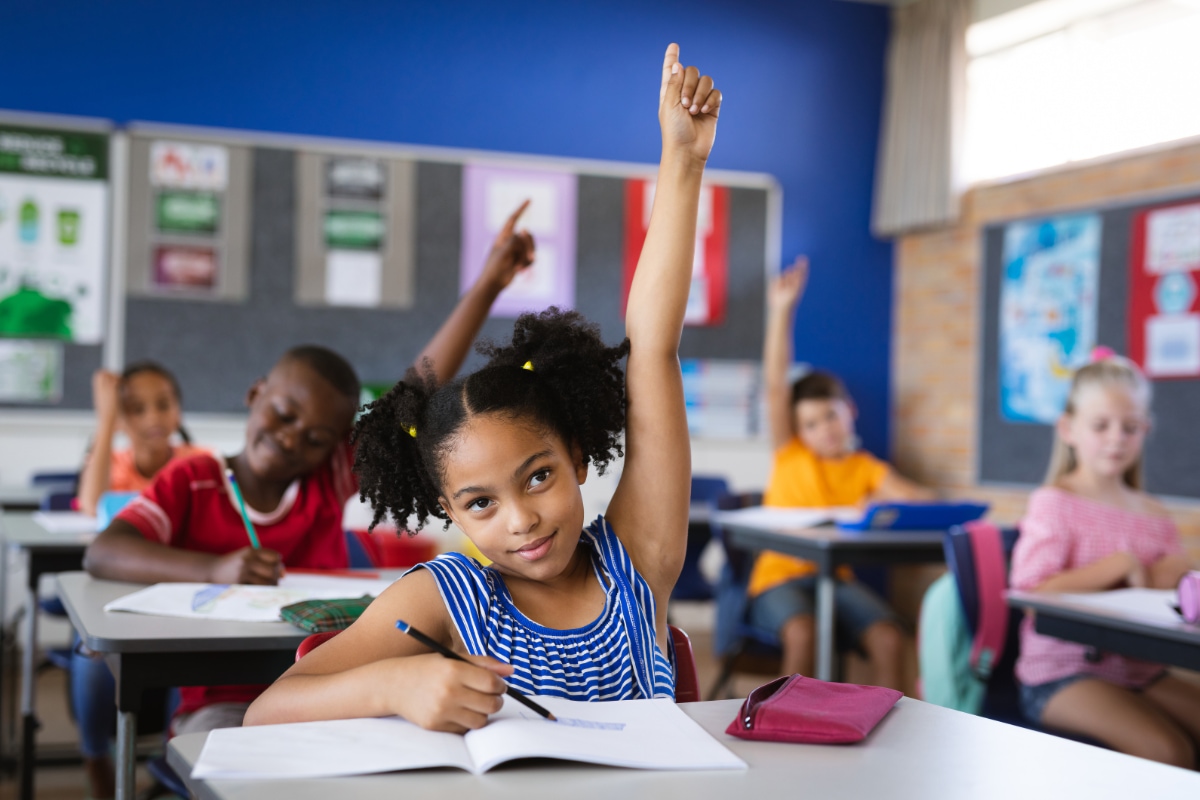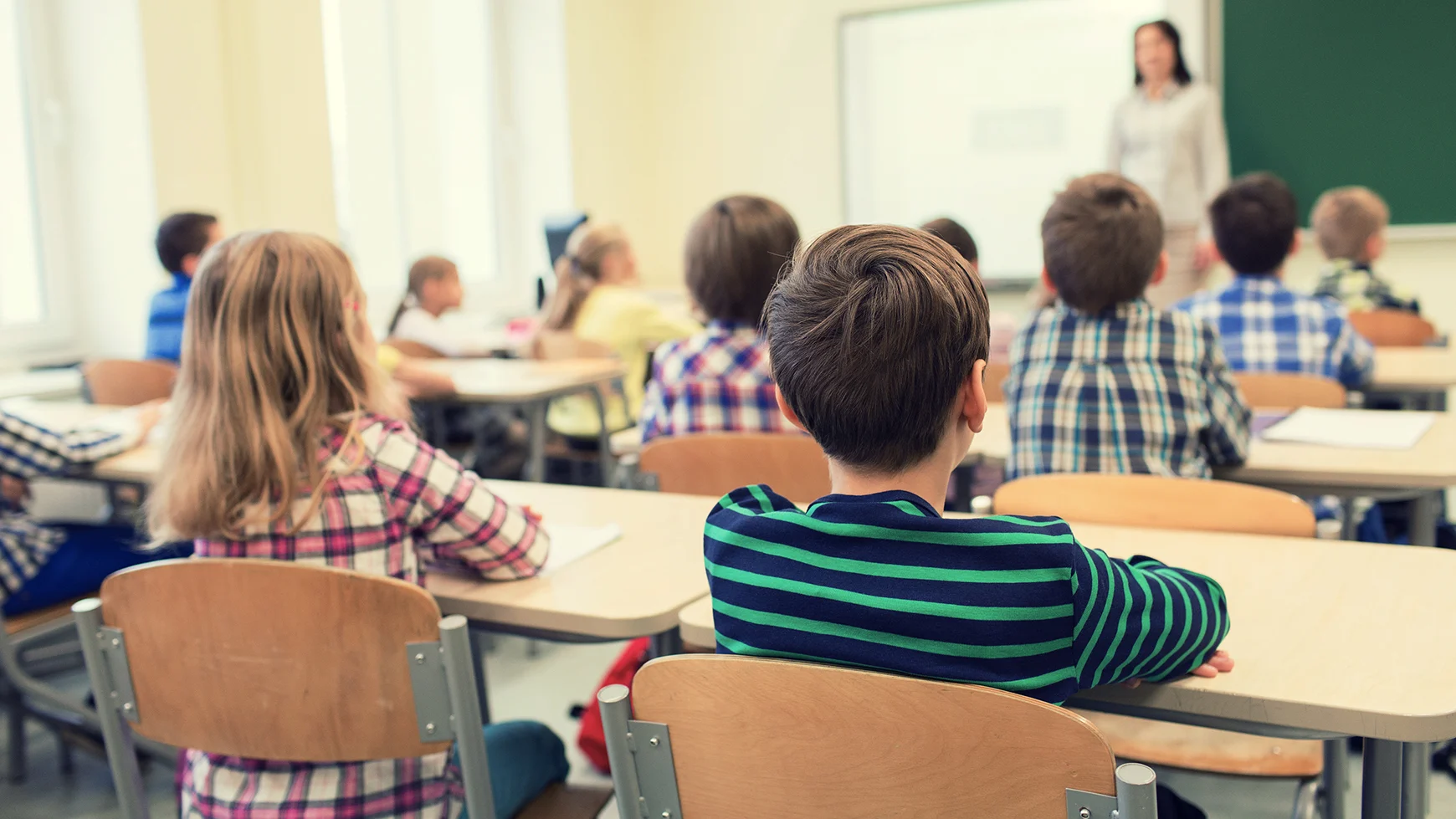Check Out the Difficulties Encountering Our Community: Save Temecula Schools
Check Out the Difficulties Encountering Our Community: Save Temecula Schools
Blog Article
The Effect of Institution Environments on Academic Success and Personal Well-Being
The school setting significantly affects both academic success and personal well-being, incorporating components such as physical format, classroom environment, and interpersonal dynamics. The layout of educational areas, including all-natural lighting and ergonomic furnishings, can boost trainees' concentration and comfort. Furthermore, the quality of teacher-student relationships and the nature of peer communications play crucial functions in promoting an environment for finding out and emotional support. Comprehending exactly how these numerous factors interaction to shape trainee outcomes raises vital inquiries regarding optimizing instructional settings for alternative advancement. Just how can institutions purposefully improve these facets to much better sustain their pupils?
Physical Design and Design
Just how does the physical layout and layout of a school effect scholastic success? The arrangement and visual of a college atmosphere can substantially affect trainees' understanding end results. A well-designed school layout advertises simplicity of movement, lowers distractions, and fosters a sense of safety and security and belonging. For circumstances, wide corridors and plainly significant locations promote smooth changes in between classes, minimizing lateness and disturbance. Additionally, tactically placed common locations urge social communications, which are essential for psychological and social development.
All-natural lights and reliable air flow systems are pivotal in improving cognitive feature and decreasing absence. Studies have revealed that class with enough natural light boost pupil focus and reduce sensations of drowsiness. In addition, ergonomic furnishings tailored to pupils' requirements can stop physical pain, permitting extended focus and engagement in academic tasks.
Accessibility to outdoor areas and cosmetically pleasing environments likewise play an important duty - Save Temecula Schools. Green areas and well-maintained college premises give possibilities for exercise and psychological relaxation, both of which are very important for maintaining high levels of scholastic efficiency. Fundamentally, a thoughtfully made physical environment can act as a stimulant for scholastic excellence, promoting an atmosphere that sustains both mentor and knowing
Classroom Environment
A favorable classroom atmosphere is basic to achieving scholastic success. A setting that cultivates a feeling of safety and security, inclusivity, and shared regard encourages trainees to involve more actively in their knowing processes. The atmosphere of a classroom, consisting of aspects such as illumination, noise levels, and seating arrangements, can significantly influence pupil concentration and motivation. A well-ventilated, well-lit class with minimal distractions can enhance cognitive feature and decrease tension, thereby promoting better academic results.
Moreover, the classroom ambience need to sustain a culture of collaboration and open interaction. They are much more most likely to involve deeply with the product and develop important assuming abilities when trainees really feel comfy sharing their concepts and asking concerns. Peer interactions and group tasks can enhance understanding by promoting and supplying varied viewpoints team effort
Additionally, establishing clear expectations and constant regimens can produce a structured environment that permits pupils to focus on their research studies. By minimizing unpredictability and giving a predictable structure, pupils can better manage their time and obligations. Eventually, a favorable classroom environment not only enhances academic efficiency yet also adds to the total wellness of students, preparing them for future educational and personal endeavors.
Teacher-Student Relationships
Building on the importance of a positive classroom atmosphere, the connections between students and teachers play an essential duty in shaping scholastic success. A healthy teacher-student partnership cultivates a learning setting where students really feel valued, comprehended, and sustained, which dramatically boosts their inspiration and interaction. When students view their teachers as understanding and friendly, they are more probable to participate actively in course and seek aid when required, adding to a much deeper understanding of the topic.

This count on enables students to reveal their ideas and problems easily, promoting a collaborative knowing setting. In essence, solid teacher-student connections are a foundation of instructional success, playing a crucial function in both scholastic achievement and individual development.
Peer Communications
Peer interactions substantially affect scholastic success by forming a trainee's cognitive and social growth. Favorable peer interactions can boost a pupil's motivation and interaction in academic tasks with joint discovering and mutual assistance.

Reliable peer interactions additionally add to the advancement of necessary life skills, such as dispute, participation, and communication resolution. These social competencies are critical for both academic success and personal well-being, highlighting the significance of cultivating positive peer dynamics within the institution environment.
Extracurricular Tasks
Engaging in after-school activities plays a pivotal function in a student's scholastic success and individual development. These activities, varying from sporting activities groups to debate clubs, offer pupils opportunities to sharpen valuable skills such as leadership, time administration, and team effort. Study consistently indicates that trainees who take part in after-school activities often tend to accomplish higher academic efficiency. This correlation is commonly connected to the organized environment and the discipline needed to balance both extracurricular and academic commitments. read the article
Furthermore, extracurricular participation fosters a sense address of belonging and neighborhood, which is important for individual wellness. Taking part in group tasks allows students to build and reinforce social media networks, enhancing their social and psychological knowledge. These interactions are essential for developing interpersonal skills that are helpful in both academic and future expert settings.
Additionally, after-school activities offer a positive electrical outlet for pupils to explore their interests and enthusiasms past the common educational program. This expedition can cause the exploration of new abilities and prospective occupation paths, even more motivating students to engage even more deeply in their academic work. To conclude, the function of extracurricular activities extends beyond mere leisure; they are important to cultivating an all natural instructional experience that promotes both scholastic success and individual growth.
Conclusion
Altogether, the influence of institution settings on both academic success and personal well-being is profound. Attentively made physical formats and classrooms, together with positive teacher-student relationships and useful peer interactions, substantially enhance pupil inspiration and engagement. The visibility of helpful teachers can reduce anxiety, fostering a supporting ambience conducive to all natural advancement. content These elements collectively emphasize the value of creating and maintaining optimal institution environments for the benefit of pupils' scholastic and individual development.
Eventually, a favorable classroom atmosphere not only improves scholastic efficiency yet also adds to the general wellness of trainees, preparing them for future academic and individual endeavors.

Report this page